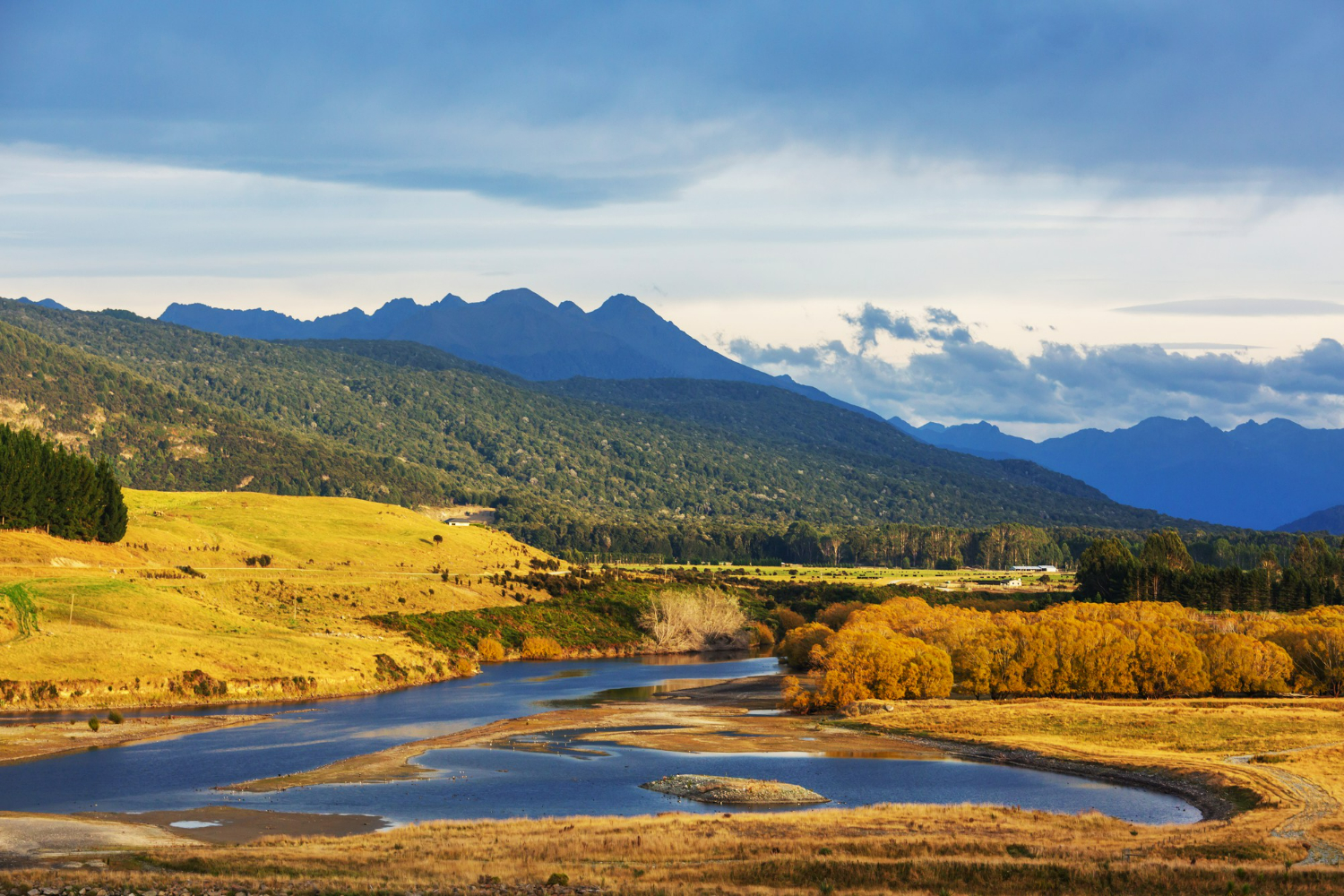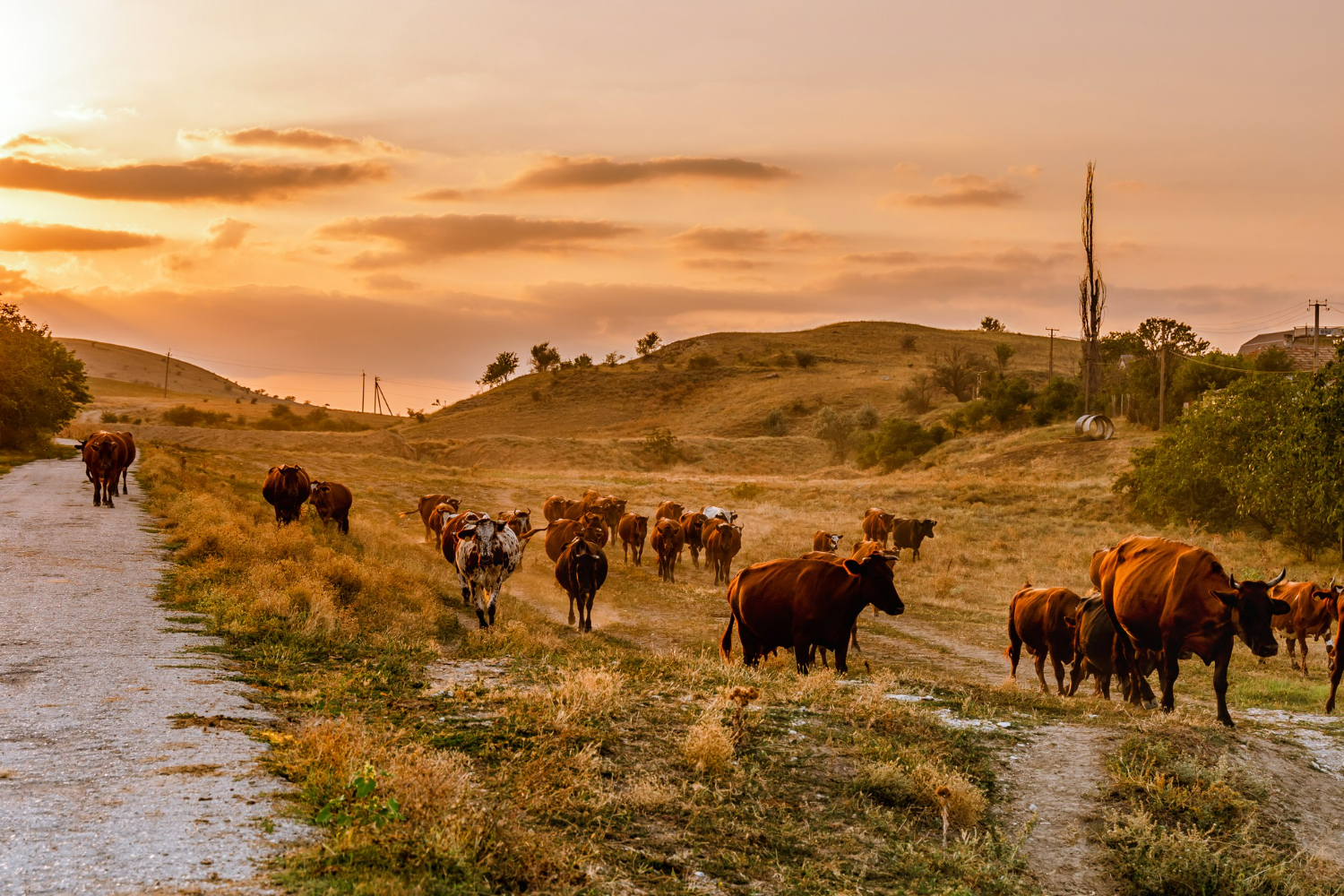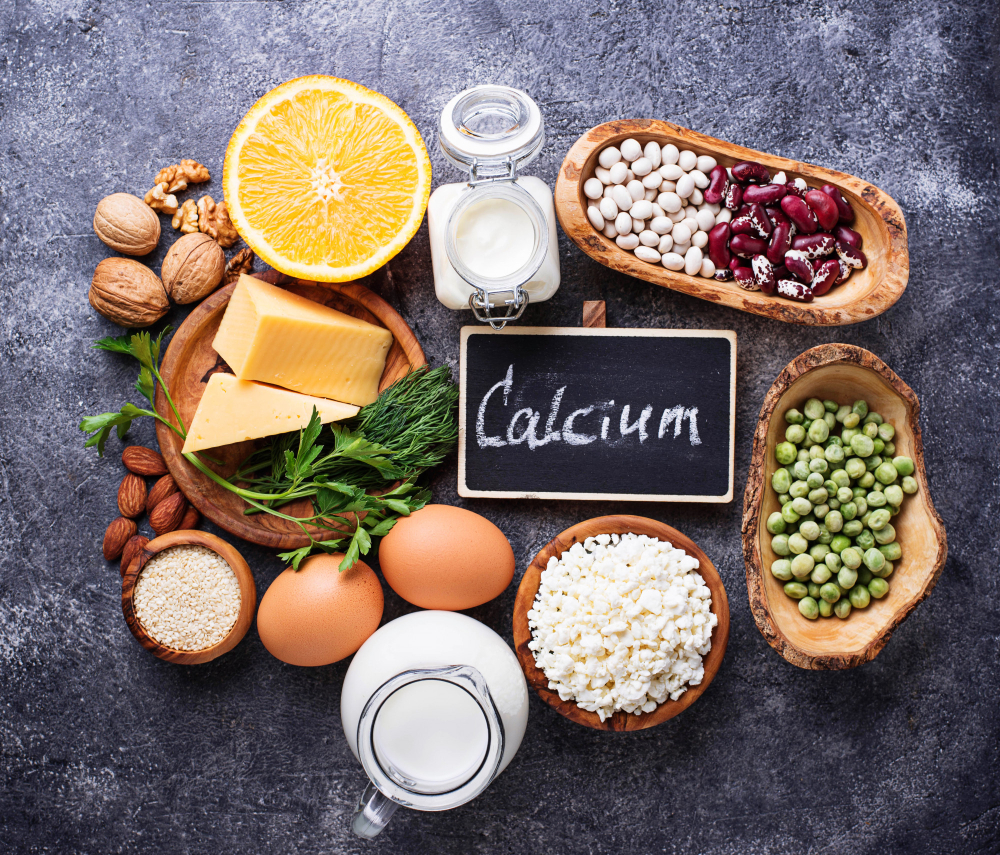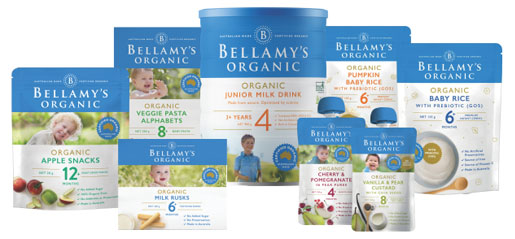New Zealand’s Agriculture – A Multibillion-Dollar Industry
Despite having a small population and land area, New Zealand has a proud agriculture that accounts for multibillion-dollar value especially from agriculture exports, helping this nation to be known as one of the leading agriculture exporters of the world.

1. A leading agriculture
Agriculture accounts for the largest sector of the tradable economy, generating NZ$46.4 billion worth of agricultural products (raw and manufactured) in the 12 months to June 2019, equal to 79.6% of the country’s total exported goods.
In the 12 months to September 2020, the agriculture sector directly generated $12.653 billion (or 5.1%) of the national GDP, and created employment for 143,000 people, 5.9% of New Zealand’s workforce.
New Zealand is regarded as the only developed country to be totally exposed to the international markets since subsidies, tax concessions and price support for the agricultural sector were removed in the 1980s under the agricultural policies reforms
The ability to remain competitive under fierce competition worldwide without government subsidies reflects how productive and effective New Zealand’s agriculture is.
New Zealand is a member of the Cairns Group – a community of countries seeking to have free trade in agricultural goods.
2. Growth drivers
2.1 Government’s policies
Decades of agricultural policies reforms stimulate the application of technology and hence, efficiency of agricultural sectors to rise dramatically.
In the 1980s, government’s assistance accounted for 40% of New Zealand’s farmers income. This is a solution to cope with the large subsidies in the agricultural sectors of the United Kingdom after joining the European Economic Community.
Under Rogernomics in 1984, the labour government stopped all farm subsidies, and by 1990, made the agricultural industry to become the most deregulated sector in New Zealand.
Ultimately, this measure in the long-term did force New Zealand farmers to increase the efficiency of their operations to maintain competitiveness regarding the under the heavily subsidised European and US markets of agriculture.

2.2 Farmers’ active participation
As farmers of New Zealand actively participate in many agricultural communities, they are better connected to exchange ideas and cooperate for mutual benefits and also make their opinions heard for timely support and intervention from the government.
The most outstanding unit regarding farming in New Zealand is The Ministry for Primary Industries (MPI), the government agency responsible for the agricultural sector.
Another popular group to represent New Zealand’s farmers interests is Federated Farmers, a large and influential lobby group. This community has a voluntary membership of over 26,000.
Established in 1941, The Soil & Health Association of New Zealand still runs well these days to promote organic food and farming.
Formed in 1927, The New Zealand Young Farmers is a national organisation operated with regional clubs throughout the country to connect young farmers nationwide.
3. Future potential
Regarding the highly competitive agricultural supply markets in the future (especially with fierce competition in price from producers in China & India), farmers in New Zealand can only remain competitive by intensifying production by efficiency boost, either to remain commodity producers or become producers of higher value, of more customised products.
According to AgResearch Ltd (New Zealand’s largest Crown Research Institute), the application of state-of-the-art technologies will result in the doubling of agricultural output by 2020. At the same time, greenhouse-gas emissions and other detrimental environmental impacts associated with farming practices are expected to be significantly lowered.
Reference:
- Wikipedia – Agriculture in New Zealand: Agriculture in New Zealand – Wikipedia
- Ministry of Primary Industries (New Zealand government) – Agriculture in New Zealand: Agriculture | Agriculture | NZ Government (mpi.govt.nz)
Featured post
-
05 Diet Plans That Are Good For Your Health
31/07/2022
-
Best Times to Sleep for Adults & Children
01/06/2022








